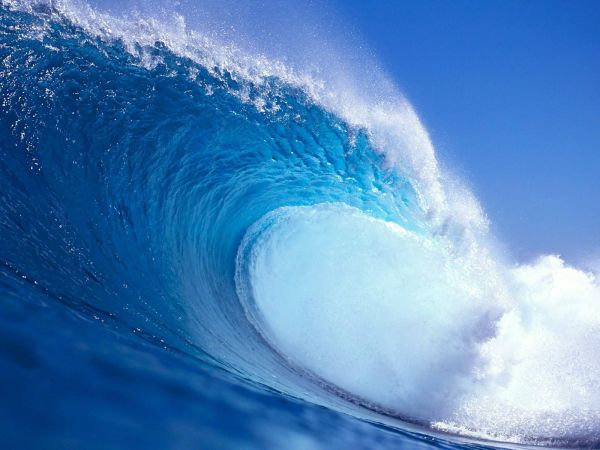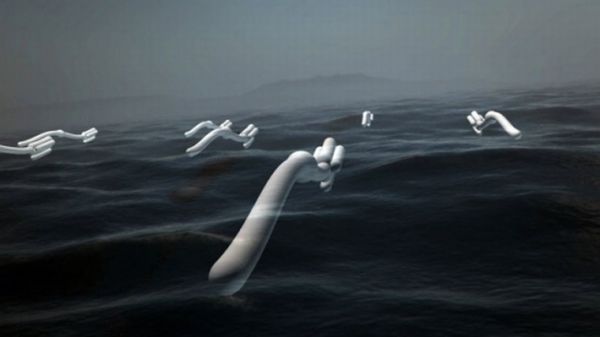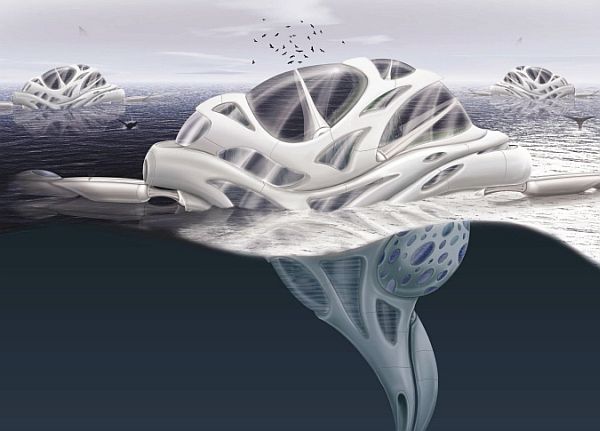
As we know it
Generating electricity from sea-waves is a costly affair. Although, it forms one of the most constant source of renewable energy as compared to the sunlight and wind. While the latter two sources are affected by weather conditions, the waves flow at high speed in all times. However, it is still a challenge to conquer the harsh marine environment for power generation. The traditional methods employed for this purpose have proved inefficient and very costly. But, some new proposals, as you would see below, promises to produce affordable wave energy.
Need for change
Even as the threat from green house gases has increased in recent times, certain technological limitations have prolonged our dependence on electricity produced from fossil fuel-based power plants. There is an urgent need for developing new affordable technologies for the production of renewable energy.
Low cost
The conventional expensive devices have restricted the popular use of renewable sources. The new devices proposed by some researchers promises to make the low-cost mass production of wave electricity a reality soon. These futuristic devices are made from environment-friendly materials and produce large amount of electricity.
What’s Next?
1. Anaconda affordable wave power

What’s new?
Anaconda is a rubber device that can capture the wave energy and convert it into usable electricity with the help of a turbine. It is still under development in the UK. Researchers have claimed that full scale Anacondas would be able to produce up to 1 MW of electricity that can be supplied to 2000 houses. Also, the production cost would be as low as $ 0.12/ KWH.
What difference will it make?
The traditional wave energy devices are made from metal and include expensive hydraulic rams, hinges and joints. However, the use of rubber and a simple design will ensure low maintenance and manufacturing costs for this device. This will allow the production of affordable wave electricity in future.
Problems
The proposed cost of production of electricity by using Anacondas is almost double of the cost required by coal-based power plants. Though, it is lower than conventional wave energy devices and similar to other renewable sources. Also, the device is still underdevelopment and it may take years to realize.
2. Power Barge

What’s new?
Power Barge is a mobile and affordable wave power generating system proposed by the Fraunhofer Center for Manufacturing Innovation. It can be installed along with the banks of storage batteries on ships or barges. For this, some of the existing ships can be converted into mobile power stations equipped with large batteries with huge storage capacity. The cost of electricity produced by this system has been estimated to be about 15 cents/KWH.
What difference will it make?
The proposed system would allow some of the existing vessels to serve as a mobile grid-connected power storage systems. While the conventional wave power systems are rendered useless or damaged during extreme storms, the mobility of Power Barge would ensure maximum safety and low maintenance for the entire system.
Problems
The power Barge system would have to face regulatory hurdles. As, the ships employed for power generation would be movable vessels which may affect the movement of other regular vessels on sea. Also, the concept is still under development and the estimated cost of production is almost three times per unit required by coal-based plants.
3. Self sustaining sea community

What’s new?
Seatropolis is a futuristic design for a self-sustaining sea community by Andrew Bowen. The design incorporates facilities for generating clean energy from different means like deep aqua-thermal energy generating mechanism, photovoltaic glasses, and wave energy systems. The organic structure would be partly submerged in the middle of high seas and provide two circular openings along the axis above water level for entrance. Also, it would move along the oceanic current drifts from one place to another.
What difference will it make?
According to Bowen, such a community would serve as a mega refuge for large number of people during extreme crisis caused by global warming. The seatropolis will produce clean energy from sea waves, organic food through hydroponics and clean water with the help of new water desalination systems.
Problems
Seatropolis is a design for future. It is still too early to predict such a dystopian times when human beings would be left with no other option but to take shelter in such sea-based communities because of natural disasters.




